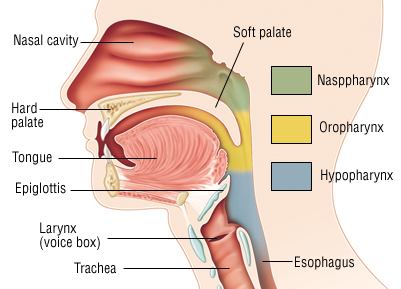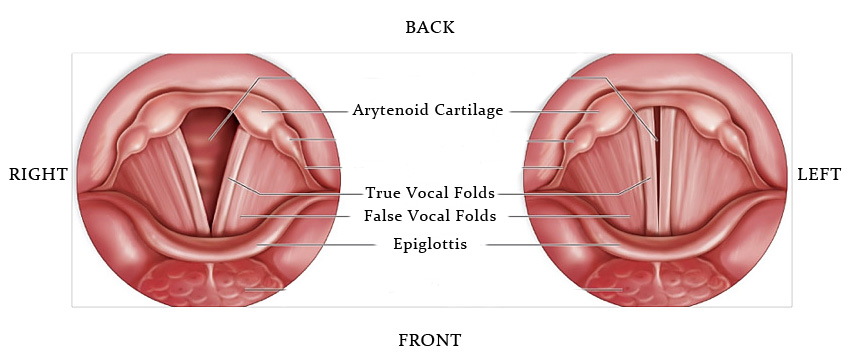Music for the Soul
Music is a form of art that has been used to heal and soothe the human soul since time immemorial. Whether it's an artist who uses their lyrics to tell stories about their life, or someone who uses instruments and notes to create melodies for people to sing along
Music is a form of art that has been used to heal and soothe the human soul since time immemorial.
Whether it's an artist who uses their lyrics to tell stories about their life, or someone who uses instruments and notes to create melodies for people to sing along with, music is one of the most powerful ways we have found as humans to connect with one another.
Listening to music can also make us happier and be more productive.
The release of dopamine in our brains makes life a little brighter, while the expansive nature of songs help get creative juices flowing and insights popping out!
Music is an important part of who we are as humans, so it's no surprise that listening has great benefits for both productivity and happiness.
When you hear something new or fun, your brain releases dopamine which helps keep things exciting even when times seem tough - releasing adrenaline into your system gives you some boost where needed most; plus those feel-good vibes from being enveloped by sound will have other social effects like increasing energy levels or helping with focus - leading to innovative breakthroughs along the way.
So TURN UP THE MUSIC!
Stacey Jane
THE VOICE COACH
The Human Voice
The human voice
The human voice is one of the most flexible and smallest instruments in the world.
In the human body, structure determines function. That is the shape and form of a structure determine the manner in which the structure will operate. Thus it is important to understand the anatomy of a structure to understand how it works.
The human voice is one of the most flexible and smallest instruments in the world.
In the human body, structure determines function. That is the shape and form of a structure determine the manner in which the structure will operate. Thus it is important to understand the anatomy of a structure to understand how it works.
The larynx has several important functions. Primarily, it is a respiratory organ controlling the flow of air into and out of the lower respiratory tract. The larynx protects the lower airway from access by anything but air and also has a role in deglutition. The role of the larynx is the primary sound generator.
Unlike songbirds, humans do not possess an organ such as a syrinx, and it is the lack of this special organ that makes technical training in singing a necessity.
The cartilages of the larynx
The arytenoid's find their points of attachment to the cartilages. Since they are located within the interior of the larynx, they are therefore intrinsic. The cricothyroid are attached the outer surface of the thyroid cartilage and they are therefore extrinsic. The intrinsic muscles of the larynx are associated with the respiration; the extrinsic muscles are connected, both neurologically and muscularly, to the process of swallowing. In phonation the two systems must reverse their natural roles and function in a coordinate relationship.
The human vocal mechanism freely functions when there is a great foundation of vocal technique.
Good singing starts from the way in which the instrument is positioned. Whether the singer is tall or short, thin or thick, male or female, structural alignment must pertain. The external frame function of the musculature of head and neck, the position of the rib cage, the relationship of the muscles of the torso to the rib cage and the sternum, and the balance of body dynamic muscle equilibrium are some principles that pertain for all singers.
Similar to the trumpet, which needs the buzzing lips to serve as the oscillator for sound production, the human voice has vocal folds to serve this function.
The larynx, which is commonly, called the voice box, houses the vocal folds and is the primary organ involved in the voice production. It is encased by the ‘Adams apple’ (also called the thyroid cartilage) and sits above the trachea (the windpipe) and in front of the oesophagus in the neck.







